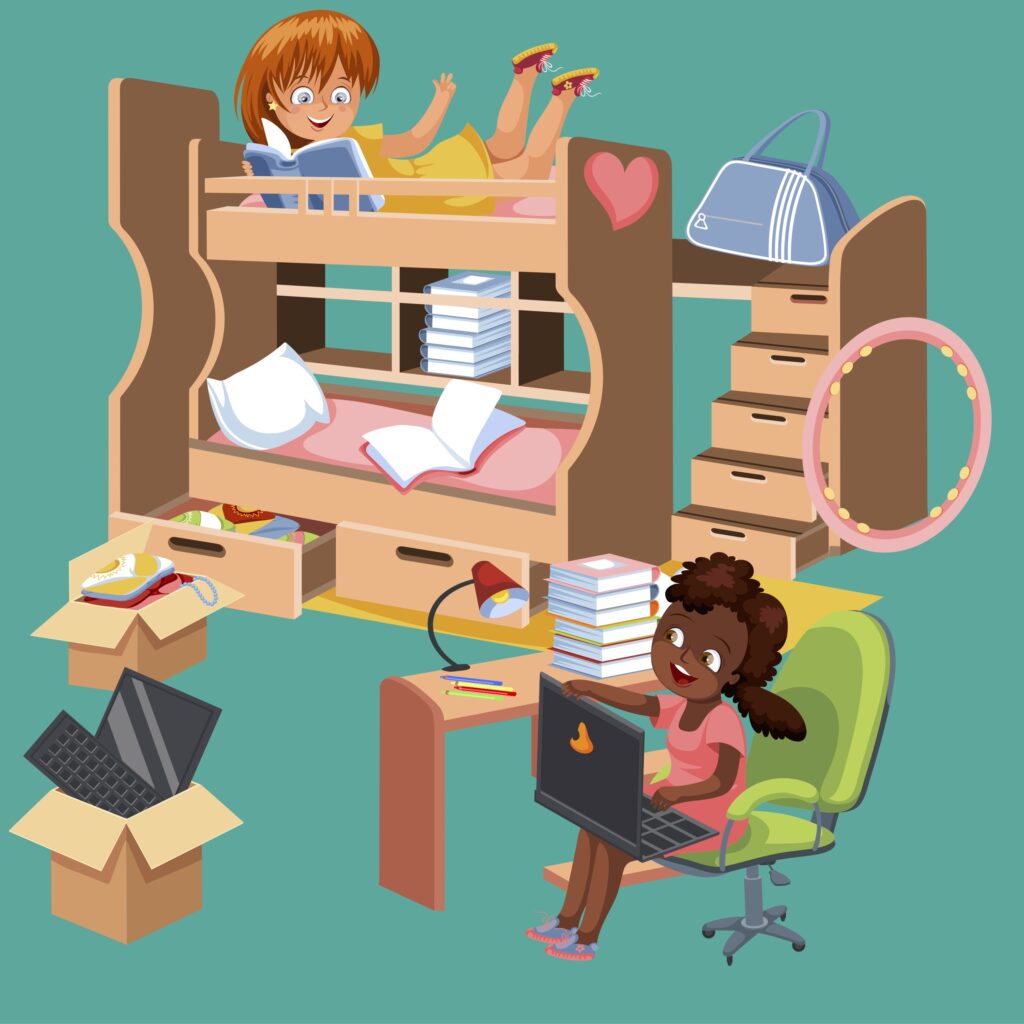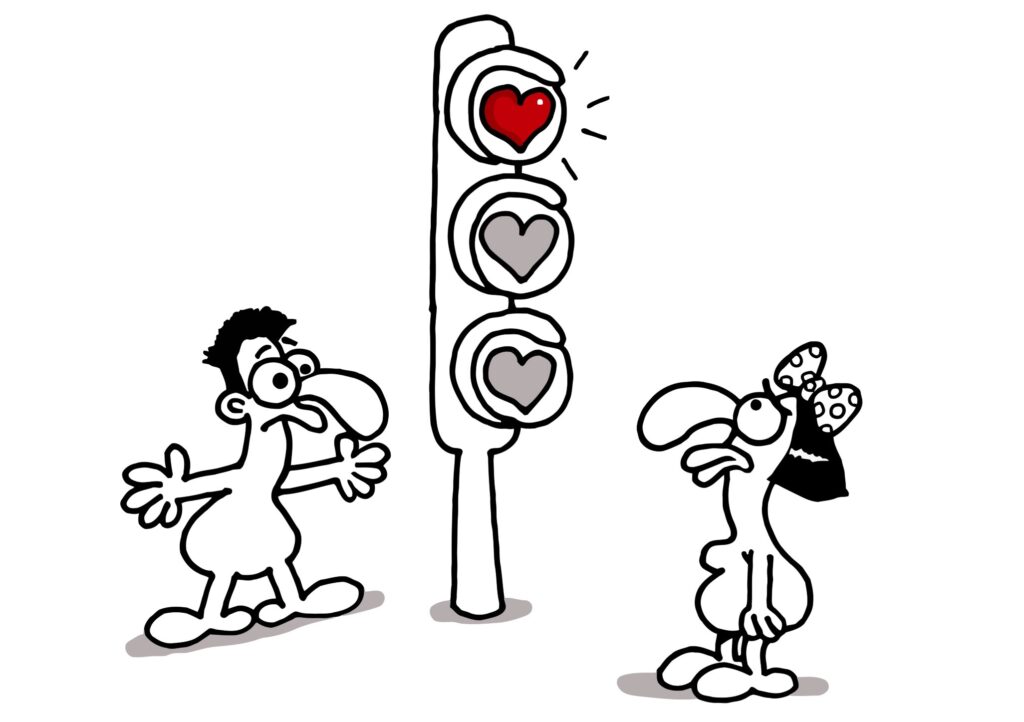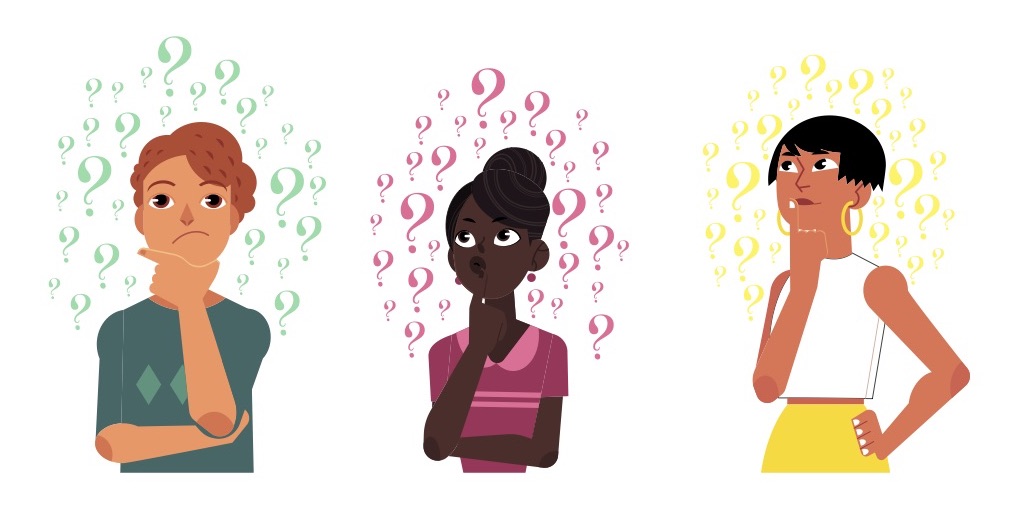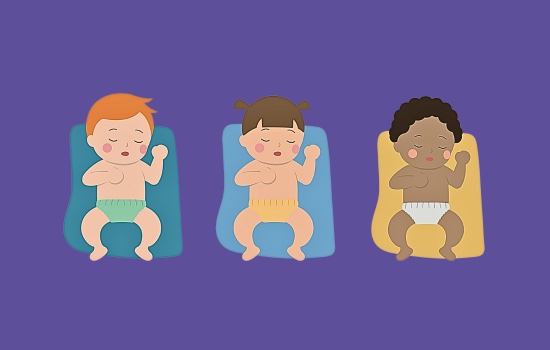Note
This page may contain affiliate links, and I may earn a small commission when you click on them (at no additional cost to you). As an Amazon affiliate, I earn from qualifying purchases. These products were researched and selected with care. However, because things change, make sure to check the safety profiles (and be on the lookout for any recalls) before using them.
Over the years, the pediatric recommendations for safe sleep have evolved. Before 1992, most parents put their babies on their bellies to sleep. But in 1992, the American Academy of Pediatrics (the AAP) told parents to start putting their babies on their backs to sleep instead.
Why? To reduce the risk of Sudden Infant Death Syndrome (SIDS).
What is SIDS?
SIDS is the unexplained death of a seemingly healthy baby (under 1 year) during sleep.
What Causes SIDS?
Although there are many theories about why SIDS occurs and much research has been done on the subject, the exact cause of SIDS remains unclear.
Here are the Top Two Theories:
- The baby gets in a position in which they can’t breathe and they’re too little and too weak to get out of that position.
- Certain parts of the brain are underdeveloped in babies susceptible to SIDS. For example, premature babies have a higher SIDS risk.
Okay, Now That You’ve Freaked Me Out, How Can I Prevent SIDS?
Most parents worry about SIDS at some point during their child’s first year of life. SIDS is rare, though, and there are certain precautions that you can take to reduce your baby’s (already low) risk of it. Get Wise about them below.
The Top 10 Ways to Reduce Your Baby’s Risk of SIDS

1. Put Your Baby On Their Back to Sleep Until They’re 1-Year-Old. The Crib Should Be Free of Pillows, Blankets, Stuffed Animals, and Bumpers.
Insider Info:
- Although SIDS remains the No. 1 cause of death in babies 1 month to 1 year, the annual SIDS rate has decreased by more than 50% since the AAP started telling parents to put their babies on their backs to sleep (in 1992).1
- 90% of SIDS cases occur in babies under 6 months.2 You should still continue to put your baby on their back to sleep, however, until they reach 1 year of age (to cover the remaining 10% risk).
PediaTip: Let ALL of your baby’s caregivers know about the “back to sleep” rule (especially those from older generations who were probably told to put their babies on their stomachs to sleep).
Caveat: There are some rare conditions that prohibit a baby from sleeping on their back. If your baby has a major medical problem, ask their pediatrician which sleep position is ideal for them.
2. Make Sure That Your Baby’s Crib Meets the Current Safety Standards.
The crib should have slats less than 2 and 3/8 inches apart (so your baby’s head can’t fit between them) and the corner posts should be no more than 1/16th inch high (so your baby’s clothing can’t catch on them).
PediaTip: Avoid secondhand and hand-me-down cribs. They’ll save you money but may not be compliant with the current safety regulations. Back in the day, the slats were wider apart and drop-down rails were popular. Both of these features are now considered unsafe.
3. Make Sure That Your Baby’s Bedding is Firm and Snug.
Invest in a firm mattress and a tight-fitting crib sheet. Loose, soft bedding gets the thumbs-down because it can accidentally cover a baby’s face.
4. Offer Your Baby a Pacifier.
Why? Because pacifiers have been found to help prevent SIDS.
How So? It’s thought that pacifiers either keep the airway open or the sucking motion reminds babies to breathe.
Reality Check: If the pacifier falls out of your baby’s mouth, you don’t have to reinsert it. Studies show that pacifiers still have a protective effect (overall) if they fall out (which most do at some point during the night).
5. If You’re a Smoker, Do Your Best to Quit Smoking.
Secondhand smoke increases the risk of SIDS. If you smoke and you need help quitting, talk to your doctor about it. There are many smoking-cessation resources at your disposal. Examples include the app, Smoke Free, and the hotline 1-800-QUIT-NOW (800-784-8669).
PediaTip: If your partner (or another caregiver) smokes, encourage them to quit as well.
6. Say No to Co-Sleeping Under 1 Year of Age.
Family beds are okay after your baby turns 1 (as long as you’re cool with having little feet and arms whacking you in the face all night). Avoid co-sleeping when your baby is under 1 year, though. Why? Because babies have been known to get smothered in family beds (either because of the soft bedding or because a parent accidentally rolls on top of them).
7. Be Mindful of Your Swaddle.
Make sure the swaddle blanket is tucked under your baby’s arms. Otherwise, your baby may accidentally move the blanket over their face when they lift up their arms.
Caution: You want the swaddle to be tight, but not too tight. Why? Because the hips may not develop properly if the legs are smushed.
PediaTips:
- Try a sleep sack (aka a wearable blanket) instead of the swaddle.
PediaWise Pick: the Halo Sleepsack.
Note: Some versions of the sleep sack have a strip of cloth at the back to swaddle the baby as well. A 2-for-1 deal.
- Consider ditching the swaddle after 8 weeks. At this point, the risks outweigh the benefits.
8. Check the Thermostat.
Well-ventilated rooms help reduce the risk of SIDs. Keep your room at 68°F or cooler and turn on a fan. In addition, try not to over-bundle your baby. Just add one more layer than you’re wearing.
9. Breastfeed.
Studies show that breastfeeding for any length of time lowers the risk of SIDS.
10. Be Roomies.

The AAP recommends that you share a room with your baby for the first 6 months of life, and ideally up to 1 year of age. Although this isn’t great for the ol’ sex life, it’s been found to reduce the risk of SIDS by as much as 50%.3

Bonus Tips

1. Keep Your Baby Up-to-Date on Their Immunizations. Recent evidence suggests that vaccines may help protect against SIDS.
2. Give Yourself a Pat on the Back If You Got Regular Prenatal Care.
Why? Because studies suggest that there’s a lower risk of SIDS in infants whose Moms received consistent prenatal care. Of course, it’s possible that Moms who received regular prenatal care are more attentive to their babies’ sleep.
3. If Your Baby Was Born Prematurely, Ask the Pediatrician What They Recommend Sleep-Wise. For example, if your baby experienced respiratory problems in the Neonatal Intensive Care Unit (the NICU), they may be sent home with an “apnea monitor” – a machine that beeps if there’s a prolonged pause in breathing.
Common Questions About Safe Sleep

When is the SIDS Risk Over?
Doctors worry about SIDS until 1 year of age (but the risk is highest during the first 6 months of life).
Should I Get One of Those Breathing Motion Detectors (Like the Owlet Smart Sock)?
There are several “sleep monitors” on the market that analyze babies’ heart rates and oxygen levels during sleep. The AAP doesn’t currently recommend these devices, however, because they’re expensive and tend to have a bunch of false alarms (leading to a lot of unnecessary parent anxiety).4
Should I Put My Baby on Their Back to Sleep During Naps Too?
Yes, the “back to sleep” recommendation applies to all types of sleep.
What If My Baby Falls Asleep on My Shoulder?
That’s OK. Just move them to the crib if this happens and put them on their back to sleep.
Here’s a Common Scenario: A baby falls asleep in their parent’s arms after feeding and the exhausted parent falls asleep, too. This is a no-no in the eyes of the AAP because of the fall risk for the baby and the potential for them to get trapped against something soft (like a pillow). Honestly, though, it’s happened to almost every parent I know.
Tips to Prevent This Scenario From Happening to You:
1. Put Your Baby in the Crib Immediately After Feeding.
2. Set an Alarm on Your Phone if You’re Worried That You Might Fall Asleep During the Feed.
3. If You Have a Partner Who’s Home, Have Them Check in on You a Little While After the Feeding Has Begun.
4. Feed Your Baby in an Armchair or a Rocker Rather Than in a Bed.
Can I Put My Baby to Sleep On Their Side?
Start by putting your baby on their back to sleep (not on their side). Some babies will naturally roll to their side. Let your baby be if this happens or you’ll end up playing a crazy game of cat and mouse in the middle of the night that you’ll eventually lose. Why? Because once you reposition your baby on their back they’ll just roll to their side again.
My Baby Is Starting to Roll to Their Stomach. Should I Roll Them Back Over?
If your baby is able to consistently roll to their stomach (around 4-6 months of age), don’t bother to reposition them because they’ll just roll over again. Babies who are able to roll over easily have fairly good head control and are pretty good at getting themselves out of trouble if need be.
Insider Info: It’s easier for babies to roll from their stomach to their back than the reverse. So, expect your little one to figure out the stomach-to-back move, first.
My Baby Has Reflux. Should They Still Sleep on Their Back or Will They Choke in This Position?
Per the AAP, babies with reflux should still be put on their back to sleep. Their natural gag reflex will prevent them from choking if any spit-up or vomit comes up.
Do I Need a Mesh Bumper in the Crib to Prevent My Baby From Hitting Their Head Against the Sides or Getting an Arm or Leg Stuck Between the Crib Slats?
No. Bumpers, as a whole, are out. This applies to both the fancy soft ones and the mesh ones. Some babies roll over and accidentally hit their heads against the sides of the crib or do it on purpose as a self-soothing thing. But because babies (like all humans) feel pain, it’s highly unlikely that they would hit their head hard enough to cause any problems.
In terms of limbs getting stuck between the crib slats, make sure your crib meets current safety standards, which call for crib slats to be no more than 2 and 3/8 inches (~6 centimeters) apart.
The Bottom Line
SIDS is a scary, but rare, occurrence in babies under 1 year of age. Follow the tips above to help you minimize your baby’s risk of SIDS. If your baby was born prematurely or has an underlying health condition, ask the pediatrician if there are any additional sleep precautions that you should take.





